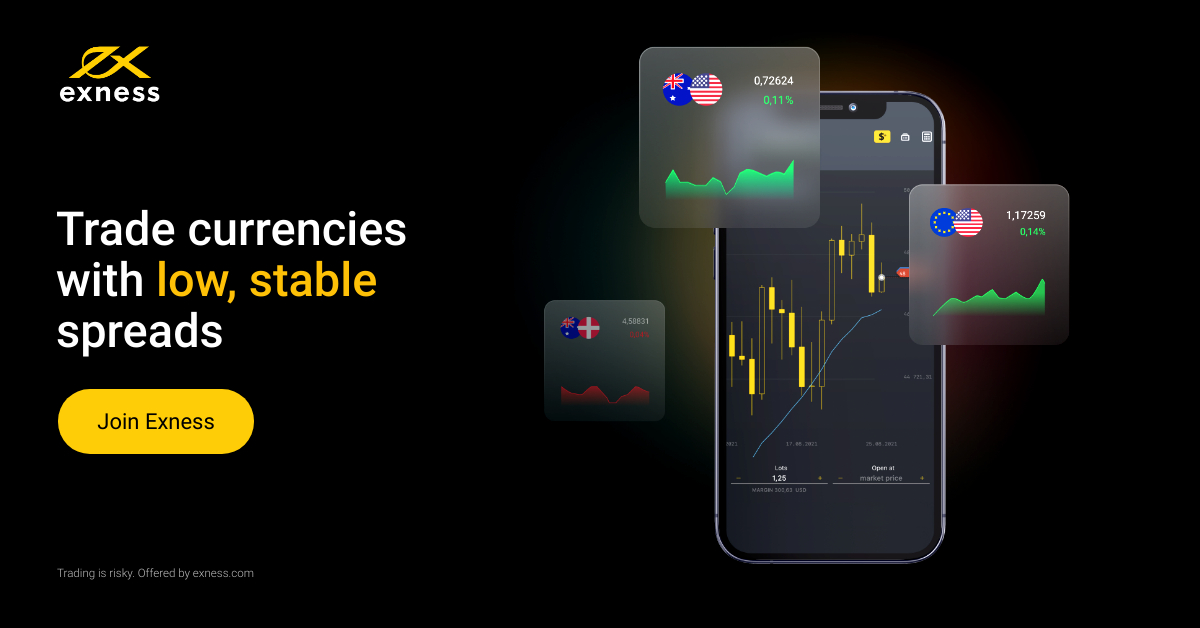This article was first published by True Wealth Publishing
Gaining exposure to a stock index is one of the best ways for the
average investor to access the stock market. It’s simple, low-cost and
provides instant diversification. Plus, study after study has shown that
even the best of unit trusts and investment funds do not consistently
outperform their corresponding benchmark index.
But you can’t buy an index directly. You need to use an investment
product, like an ETF or index fund, to “own” them. It’s also possible to
actively trade indices using derivatives (more on these later) or CFDs
(contracts for difference).
ETFs and index funds are good for investors that want to invest in an
index over a long time period – the buy and hold investor. As mentioned
previously, professional money managers’ returns over time have not
been able to consistently outperform these other passive investments.
Regardless of whether you want to buy and hold an ETF, or actively trade CFDs, you will be exposed to a variety of risks. Here are four of them.
Four Things To Watch When Trading Indices
# 1 Counterparty Risk
This applies when financial products such as swaps or derivatives are used to mimic an index. A common example is “synthetic” ETFs.Here’s how a synthetic ETF works: Instead of holding the underlying securities of an index, the ETF investor owns “swaps” and other collateral which are used to replicate the holdings.
A swap is a contract with another financial firm or “counterparty” that promises to pay an index’s return to the fund. Using derivatives – rather than actually buying the underlying asset – reduces the fund’s costs, and those savings are passed on to investors.
While there are regulations that may limit an ETF’s exposure to any one counterparty, the fact remains that if a counterparty should become unable to pay, the investor in a synthetic ETF could lose money. If that institution goes bankrupt, the ETF loses money and this will be passed on to its investors.
# 2 Foreign Exchange Risk
If you have exposure in an index that is in a different currency than what’s in your account, such as U.S. dollars, the change in exchange rates will affect your performance.For instance, let’s say you use Singapore dollars to buy a USD investment that tracks the U.S. S&P 500 Index. If the ETF goes up 15 percent in value (net of transaction costs), but the Singapore dollar gains 2 percent in value compared with the U.S. dollar, you only make 13 percent (if you sell the ETF at that time).
But if the Singapore dollar loses 2 percent compared to the U.S. dollar, your return would be 17 percent. So, foreign exchange risk can work in your favour as well.
To avoid foreign exchange risk, look for index products that are hedged to the other currency. That means there is little risk from changes in foreign exchange rates.
# 3 Liquidity
This especially applies to ETFs. Most people buy and sell the most liquid – that is, the most heavily traded – ETFs. But there are a lot of ETFs that have very low liquidity – that is, there not many willing buyers or sellers in the ETF at the exchange.That can be a problem if you need to sell or buy that ETF in a hurry, or if you hold a large number of shares in an illiquid ETF.
When trading volume is low, your order may take a while to get filled and you may not get the best price. So, look for the ones with the highest daily trading volumes.
# 4 Leveraged and inverse index products
If you are using any investment product that uses leverage or derivatives, for example “inverse” ETFs you need to be careful the impact of leverage on the price of the ETF. Since Singapore approved rules for leveraged and inverse ETFs earlier this year, expect to hear more about them in coming months.Here’s why these financial instruments should be used only by experienced investors who can tolerate a lot of risk. We’ll use leveraged and inverse ETFs as an example:
Leveraged ETFs seek to engineer gains that are 2 or 3 times that of the underlying index. An example is the UltraPro Short S&P 500 ETF (New York Stock Exchange; ticker: SPXU). It aims to earn 3 times the opposite of what the S&P 500 index returns on a given day. So, if the S&P 500 loses 1 percent in a day, SPXU would gain 3 percent that day.
Inverse ETFs do the opposite of what the index it’s linked to does. For example, the ProShares Short S&P 500 ETF (New York Stock Exchange; ticker: SH) is designed to go up if the S&P 500 index falls, and go down when the S&P 500 rises. So, if the S&P 500 falls 1 percent, SH rises 1 percent… and if the S&P 500 rises 1 percent, SH falls 1 percent.

Leveraged and inverse ETFs use derivatives. These are instruments that “derive” their value from an underlying asset – like gold, an individual stock or a stock index. Derivatives allow ETF managers, to gear up or down the returns of a target index.
Unless you’re a day or short-term trader, leveraged index products might not be worth the added risk and volatility.

